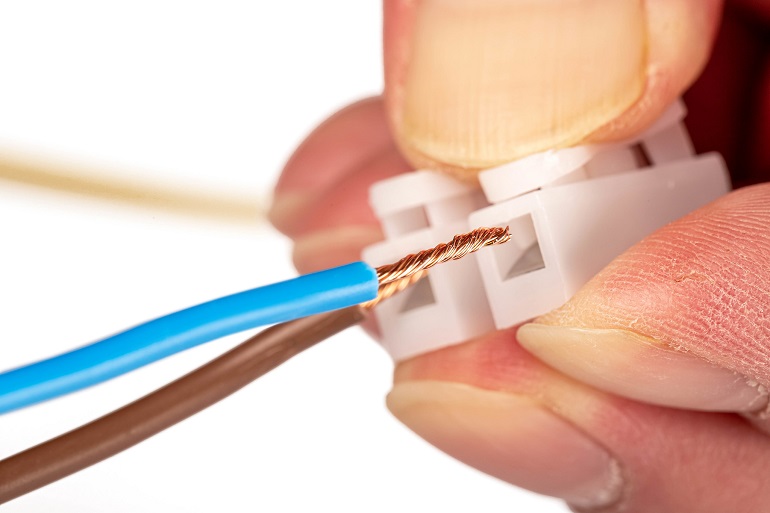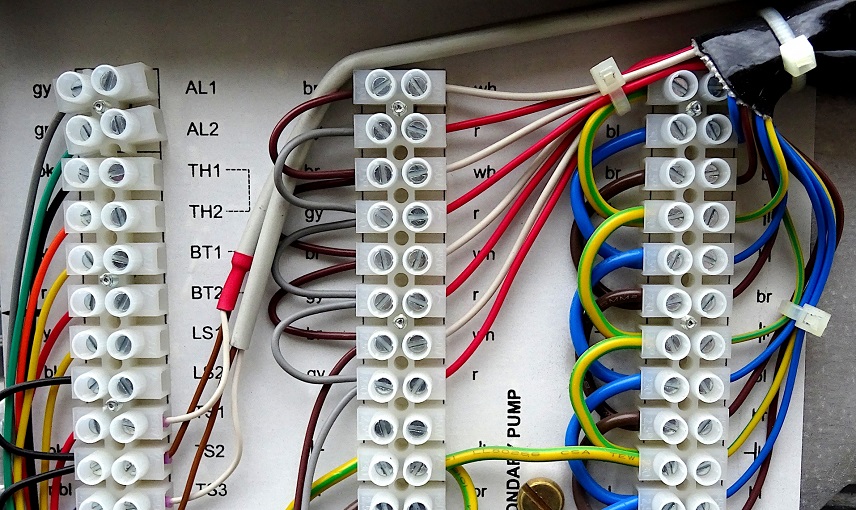Electrical connectors play an important role in our daily lives. They are found in cars, computers and even kitchen appliances. The purpose of a connector is to allow for different devices to be plugged into each other without the need for new parts to be manufactured. In this article, I will discuss the history of electrical connectors as well as their uses.

History of Electrical Cable Connectors
The very first electrical connectors were made out of metal wires that connected two or more wires together. These wires were then wrapped with tape to add protection from corrosion on the inside of the cable while allowing for easy disassembly if needed. Later on, metal clamps were used to hold the wires together while they were being connected. These connectors were not very efficient and had a tendency to come loose when under pressure or vibration.
The next type of electrical connector that was developed was called an “interconnect”. An interconnect is simply two components that are designed to be physically attached to each other. They do not allow electricity to flow through them and are often made out of plastic. There are many different types of interconnects, such as cables and plugs.
A cable is usually made up of multiple wires that are bundled together to form one unit. Cables can come in many different sizes, thicknesses, materials and even colours. They are used for a variety of things such as connecting electronic devices or even carrying power to components in an automobile.
A plug is another type of electrical cable connector that is used quite frequently. It is designed to be attached to the end of a cable and allows electricity to flow through. The plug itself has multiple pins that are made out of metal and come in different sizes. These pins connect with the wires inside the cable when it is plugged in.
There are many different types of electrical cable connectors, but I will only be discussing the ones listed above because they are the most common ones used today. They each have their own advantages and disadvantages, but they all serve a similar purpose. Before I dive into the history of these connectors, let’s first discuss where these connectors come from.
The history of electrical connectors can be traced back to the 1830s when a man named Charles Goodyear developed rubberized wire. This was one of the first attempts at making cables more durable and efficient than they were before. However, it wasn’t until 50 years later that another man named Thomas Edison developed an improved version of this type of wire. He used a technique called “laying” which involved wrapping multiple wires together with a thin piece of metal. This allowed for more electricity to flow through the wires and made them much more durable.
Another man named Michael Faraday is responsible for creating a very important type of electrical connector that we still use today. During his time, it was common for people to use thick copper wires in their homes. He decided to experiment with different types of materials such as lead and aluminium, but he found that they were not strong enough to carry power over long distances. He created what we now call an “RF connector” out of aluminium because it was very flexible and could easily be used for long distances.
It wasn’t until 1884 when an engineer by the name of Edwin Howard Armstrong developed a system called radio-telephony that these connectors became more popular. He created a device that allowed people to listen and speak over long distances through electricity. This technology is still being used today, but you will most likely hear about it in reference to mobile phones instead of radios.

The next type of electrical connectors that were developed were called plugs. A plug is simply a component that is designed to be plugged into an outlet or power source. They come in many different shapes and sizes, but they all have one thing in common: the pin configuration. The pin configuration of a plug is very important because it allows for electricity to flow through without any problems. It consists of two pins on either side of the plug and each one should be connected to a wire inside of the cable. This is why it is very important to always plug in your devices the correct way. If you don’t, there is a possibility that you will connect the pins incorrectly or even damage them.
A lot of people are not aware of this, but plugs actually came from another type of electrical connector called a “jack”. A jack was used for many different applications such as microphones and telephones. It consisted of two holes that were placed on top of each other, with one being larger than the other. This allowed for different types of cables to be plugged in and out easily.

